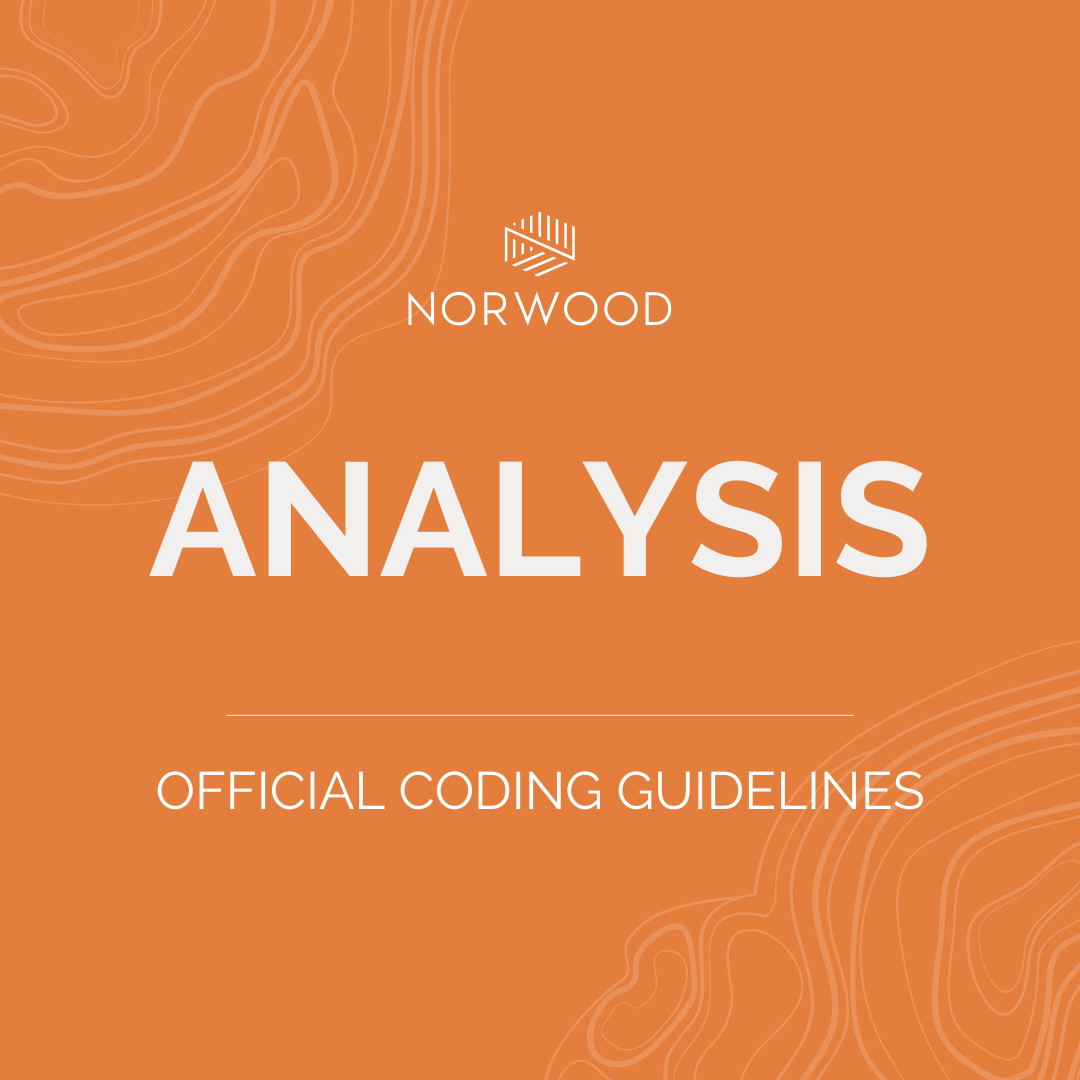
By Brian Murphy
One of the hard truths about medical coding is that codes can only be assigned based on documentation from the patient’s provider. More specifically, a qualified physician or other practitioner who can be held legally accountable for rendering a patient’s diagnosis.
This rule undoubtedly is a source of frustration and even provider burnout. It rules out assigning diagnosis codes from nursing documentation, for example. I’m not a nurse but I’ve met and interviewed hundreds if not thousands in my line of work, and a nurse with 25 years’ experience in the cardiothoracic unit probably knows a lot about heart failure types. Possibly as much or more as a newly minted MD.
That said, rules are rules–and for good reason, diagnosis is serious business.
But of course, there are exceptions to this rule.
Coders can accept documentation in some circumstances by clinicians other than the patient’s provider and use that documentation to report a medical code. You can find the full list on p. 15 of the current version of the ICD-10-CM Official Guidelines for Coding and Reporting (link below).
Here’s your reminder. From the OCG:
There are a few exceptions when code assignment may be based on medical record documentation from clinicians who are not the patient’s provider (i.e., physician or other qualified healthcare practitioner legally accountable for establishing the patient’s diagnosis). In this context, “clinicians” other than the patient’s provider refer to healthcare professionals permitted, based on regulatory or accreditation requirements or internal hospital policies, to document in a patient’s official medical record.
These exceptions include codes for:
- Body Mass Index (BMI)
- Depth of non-pressure chronic ulcers
- Pressure ulcer stage
- Coma scale
- NIH stroke scale (NIHSS)
- Social determinants of health (SDOH) classified to Chapter 21
- Laterality
- Blood alcohol level
- Underimmunization status
This information is typically, or may be, documented by other clinicians involved in the care of the patient (e.g., a dietitian often documents the BMI, a nurse often documents the pressure ulcer stages, and an emergency medical technician often documents the coma scale). However, the associated diagnosis (such as overweight, obesity, acute stroke, pressure ulcer, or a condition classifiable to category F10, Alcohol related disorders) must be documented by the patient’s provider. If there is conflicting medical record documentation, either from the same clinician or different clinicians, the patient’s provider should be queried for clarification.
The BMI, coma scale, NIHSS, blood alcohol level codes, codes for social determinants of health and underimmunization status should only be reported as secondary diagnoses.
I was thinking of this subject due to my current Off the Record podcast episode with Dr. Pablo Buitron de la Vega, “Mission Driven Medicine” (see link below). There are additional coding guidelines for SDOH in chapter 21, including this: A patient’s self-reported documentation may be used to assign codes for SDOH, as long as a clinician or provider incorporates it into the health record.
References
- ICD-10-CM Official Guidelines for Coding and Reporting: https://www.cms.gov/files/document/fy-2025-icd-10-cm-coding-guidelines.pdf
- ACDIS, 2025 ACDIS Pocket Guide.
- Off the Record With Brian Murphy, “Mission-Driven Medicine: Dr. Pablo Buitron de la Vega’s SDOH crusade, from capture to care”: https://podcasts.apple.com/ph/podcast/mission-driven-medicine-dr-pablo-buitron-de-la-vegas/id1641739619?i=1000701889946
Related News & Insights
Don’t sleep on two important new changes hitting Jan. 1: Mandatory TEAM model and CMS-HCC V28 full payment shift
By Brian Murphy January 1 is rapidly closing in, and 2026 is bringing new rules and…
2026 OPPS final rule does no favors for our nation’s hospitals
By Brian Murphy The OPPS final rule, incredibly late this year, is finally out. Here I piece…


